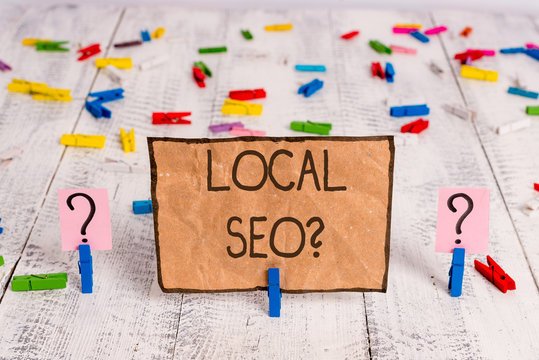If you’re running a local business in today’s digital world, you can’t afford to ignore the power of mobile-first strategies. Most local searches now happen on mobile devices, often by users looking for quick information like directions, store hours, or nearby services. If your business isn’t optimized for mobile users, you’re missing out on potential customers. This is where mobile-first local SEO strategies come into play—and they could be the key to outshining your competition.
Let’s explore how you can take advantage of Local SEO Services and integrate mobile-first tactics to boost visibility, drive traffic, and improve conversions.
What Does “Mobile-First” Really Mean?
Mobile-first doesn’t just mean having a mobile-friendly website. It’s a broader approach that prioritizes the mobile user experience at every touchpoint. This includes:
- Fast load times on mobile
- Easy-to-navigate design
- Click-to-call buttons
- Mobile-optimized content
- Location-specific functionality
Google uses mobile-first indexing, which means it primarily looks at your mobile site to determine your rankings—even for desktop searches. So, if your mobile experience falls flat, your overall SEO performance will suffer.
Why Local SEO Is Critical for Mobile
When someone searches for “best coffee shop near me” on their phone, they’re not just browsing—they’re ready to take action. This intent makes mobile users incredibly valuable. Studies show that 76% of people who conduct a local search on their smartphone visit a business within 24 hours.
Here’s where Local SEO Services make a huge difference. These services help your business appear in “near me” searches, Google Maps, and local packs. They also ensure your business listings are accurate, consistent, and optimized for the right keywords.
To dominate local search, your mobile strategy needs to work hand-in-hand with your local SEO efforts.
Mobile-First Local SEO Tactics You Can Start Using Today
1. Optimize for Speed
Page speed is critical on mobile. A slow site leads to higher bounce rates and lost customers. Use tools like Google PageSpeed Insights to identify issues and fix them. If you’re not technically inclined, a provider of Local SEO Services can help streamline the process and ensure your site is blazing fast.
2. Claim and Optimize Your Google Business Profile
Your Google Business Profile is often the first impression customers have of your brand. Make sure it’s complete, accurate, and optimized for mobile users. Include:
- Correct NAP (Name, Address, Phone)
- Business hours
- Photos and videos
- Regular updates and posts
Mobile users rely heavily on this information to make decisions quickly.
3. Use Local Keywords That Match Mobile Intent
Think like your audience. Mobile users often use voice search or short phrases like “open now” or “near me.” Tailor your content to reflect those terms. For example, instead of “Italian Restaurant,” use “Best Italian Restaurant Near Downtown [City Name].”
4. Integrate Click-to-Call and Direction Features
Make it easy for mobile visitors to act. Add click-to-call buttons on your site and map links that integrate with GPS apps. These small changes make a big difference in mobile usability and lead generation.
5. Get Featured on Local Blogs and Directories Through Guest Posting
Backlinks are still a major ranking factor in local SEO. Guest Posting Services can help you build high-quality local backlinks from trusted sources. When you publish content on local websites, blogs, or news outlets, you increase your credibility and visibility. Just make sure the content is relevant, useful, and localized.
Don’t Forget Schema Markup
Schema markup helps search engines understand your business information. For local SEO, use LocalBusiness schema to highlight your address, reviews, hours, and more. This can improve your chances of appearing in rich results, especially on mobile searches.
Monitor Mobile Performance Metrics
Mobile SEO isn’t a set-it-and-forget-it deal. Use tools like Google Analytics and Google Search Console to track:
- Mobile traffic
- Bounce rate
- Time on site
- Conversion rates from mobile devices
These metrics help you understand what’s working and what needs improvement.
Final Thoughts
Going mobile-first is no longer optional—it’s essential if you want to thrive in the competitive local market. By combining mobile optimization with powerful Local SEO Services, you’ll ensure your business is found when and where it matters most. And by leveraging Guest Posting Services, you can build authority and trust in your local niche.
Start with the basics: speed, usability, local listings, and mobile-friendly content. Then grow your reach with backlinks and ongoing optimization. The result? More traffic, more calls, and more customers walking through your doors.
Make mobile-first local SEO your top priority—and your business will be at your customers’ fingertips when they need you most.



